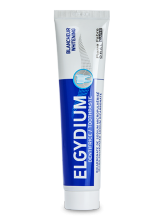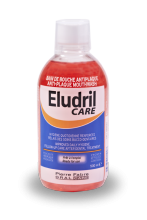How should you brush your teeth?
Brushing often enough
Ideally, you should brush your teeth after each meal, meaning three times a day. Depending on the advice of your dentist and your particular oral health, it is possible to instead brush twice a day. You should ideally brush for at least two minutes. When you have finished, rinse your toothbrush thoroughly.
You should also change your toothbrush every two or three months so that brushing remains effective.
Something for everyone
There is a wide range of toothbrushes and toothpastes available, and this is not simply for the sake of variety! Depending on the specific nature of your mouth (sensitive teeth or gums, the period after surgery, the size of your mouth, etc.) and your priorities (preventing tooth decay, fighting dental plaque, whitening, etc.), there is bound to be a toothbrush and a toothpaste that fits the bill.
Ask your dentist or pharmacist for advice. They will recommend a soft toothbrush with a suitable head for the hard-to-reach areas.
Circular motions from the gum to the tip of the tooth
The head of the toothbrush should follow a circular motion over all of the sides of the teeth: on the insides, outsides and on the chewing surfaces. It is a good idea to go over the same area several times and brush the upper teeth separately from the lower teeth.
You should also tilt the brush to an angle of 45o on the gums, with the ends of the bristles away from the root of the teeth.
Always brush from the gum to the tip of the teeth (pink to white) to avoid the bristles hitting the fragile edge of the gums. Be sure to avoid up and down movements as this damages the gums.
Electric/manual hybrid toothbrushes, designed to care for the gums
Some toothbrushes, mostly hybrids, which are both electric and manual, move with high-frequency vibrations to eliminate plaque without hitting the gums. Your dentist will be able to advise you.

